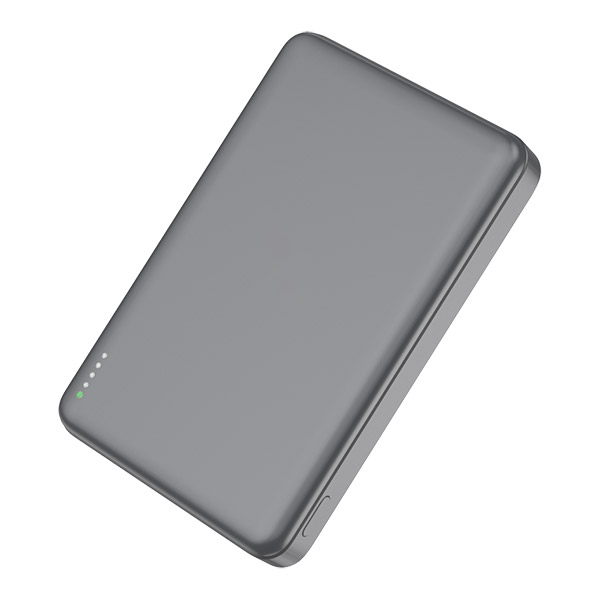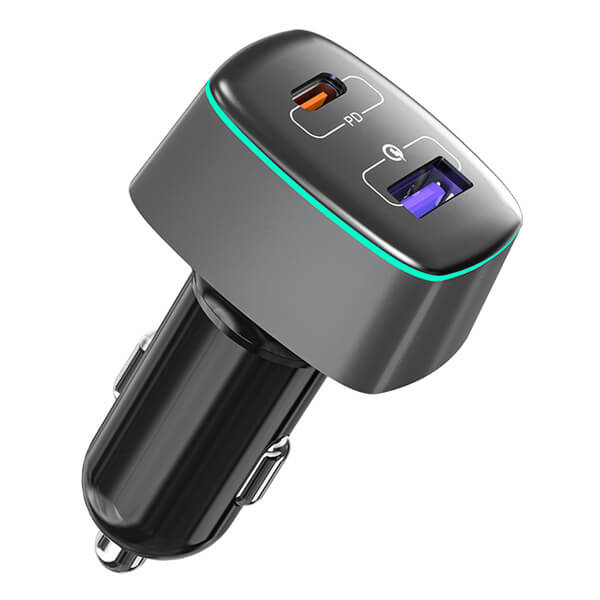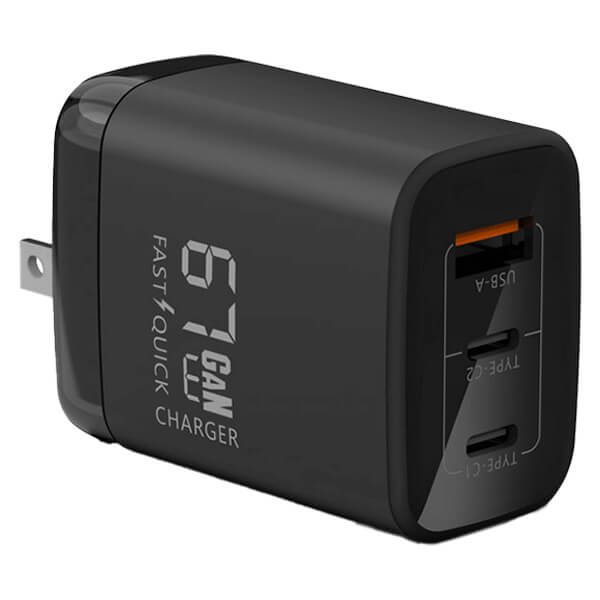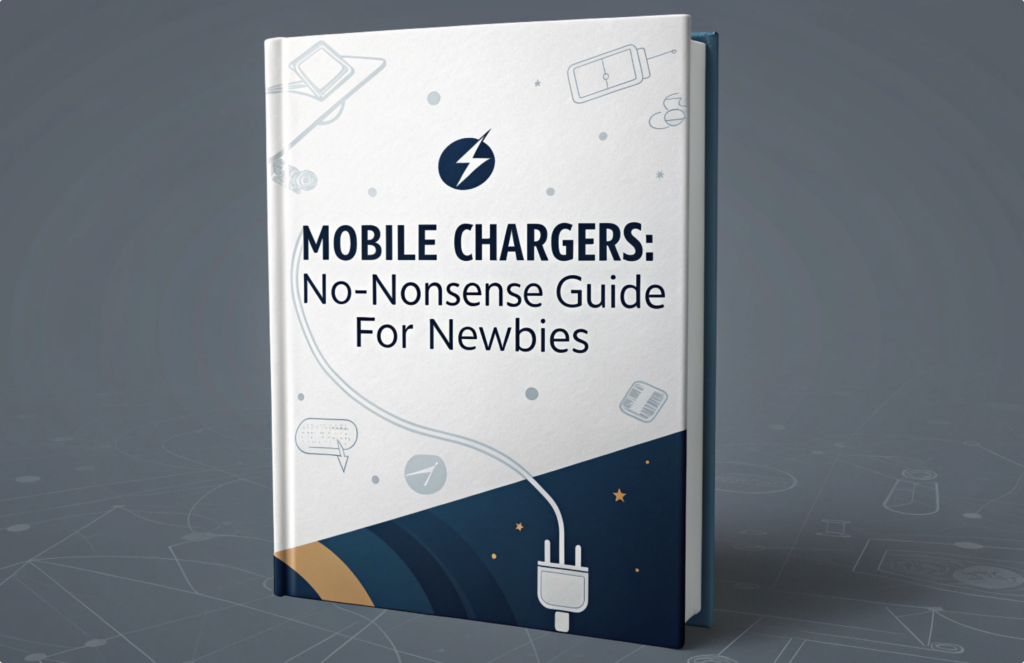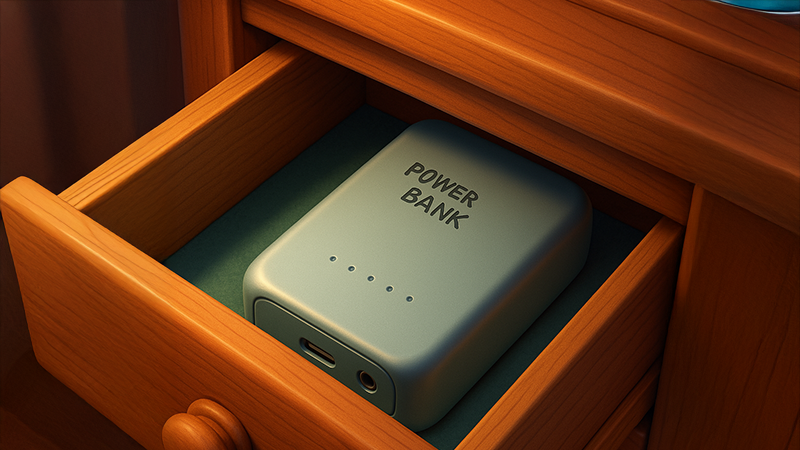
The possibility of a power bank exploding is low, but unfortunately, there have been recorded cases of power bank explosions. Therefore, more and more people are worried about their safety, especially those who are not in the industry, they will feel that the power bank is like a bomb that will explode, which is too terrifying.
On the one hand, this is due to reports in the news and social media of power bank catching fire or exploding. However, these rare cases often occur when they are poorly built or used improperly. On the other hand, these reports are also not in-depth and professionally talk in detail the causes of specific explosions and what to do to prevent them, so let’s explore the topic in this post. Hope to help more people reduce the confusion and fear.
An Example of power bank explosion:
This is a power bank explosion that happened on a bus. Besides the video above, there are also reports of power banks exploding in pockets, purses, and cars.
The structure of the power bank
Mobile power supply is generally composed of three basic parts: shell, battery, and PCB. Different materials and different schemes can also create mobile power supplies with different functions.
The most common housing materials are aluminium alloy and plastic. Generally, the factory will process the original material according to the different needs of customers, such as colour, pattern, laser engraving LOGO, etc.
For the PCB part, engineers will design different circuit diagrams according to the different functions of each power bank. Of course, even if it is the same circuit diagram, different components are used, and the effect will be very different.
The battery part is also one of the core parts of the entire power bank. At present, the power banks on the market mainly use polymer lithium batteries and lithium-ion batteries. For more in-depth information on each component of the power bank, check out our related article on the topic.
How do Li-ion batteries explode?
Most mobile power sources are manufactured using lithium-ion batteries or lithium polymer batteries. Of the two, lithium-ion batteries can cause explosions if used improperly.
According to Sony, one of the best-known lithium-ion battery manufacturers, the reason why power banks Li-ion batteries generally explode may be that atomic metal particles inside the battery can interact with the other parts of the cell. This can be caused by flaws in its design or external pressure (temperature, shock, vibration).
When microscopic metal particles are concentrated in one location, a slight short circuit occurs inside the battery, resulting in elevated self-discharge. In turn, current paths are created between the electrodes of the battery, which is why the temperature rises and weakens the insulating layer. An electrical short occurs at this point, so if the temperature rises rapidly, the battery can catch fire or explode, a process known as “rapid disassembly.”
The reasons why power banks will explode?
Now that we know about the electrochemical reaction that takes place inside a battery and causes a fire, let’s look at what might trigger it
3 common reasons:
1. Poor circuit design and build
All electronic products must meet certain certification standards to be considered safe, and power banks are no exception. Some uncertified power banks, in order to save costs, use inferior components, and their circuit design is not insulated to prevent short circuits, not to mention equipped with temperature control, overvoltage control and power protection. That way it doesn’t stop charging when it’s fully charged. That greatly increases the likelihood of an explosion.
2. Poor battery quality
The majority of power banks on the market are equipped with Lithium-ion or Lithium-Polymer batteries, which are the most expensive component. Thus, in an attempt to reduce costs, brands tend to buy cheaper or even recycled batteries, which are not necessarily of the best quality. Besides the fact that power banks are unlikely to supply the claimed capacity, the real problem lies in the risk these pose to the user’s safety.
3. Improper use
Some people charge overnight in hot, confined and humid spaces or most commonly spaces, leaving their power bank in the car (to charge or not to charge). Obviously, all of these practices can cause fires, especially if the power bank doesn’t have multiple protection systems, so they must be avoided whenever possible.
Other reasons:
l Inadequate disposal of the power bank: if mixed with other substances or exposition to high temperature, a “dead power bank” can explode.
l Dropping and impacts: It’s not that the power bank will immediately explode after a drop, but its internal circuitry might be affected, and thus, it could start overheating, or short-circuiting.
Signs of a possible explosion
If you see any of the following signs, be sure to immediately disconnect the power bank from any device/power supply. Then, very carefully, move the equipment to the open field outside. If you see flames or sparks, just put it down and move away from it as quickly as possible.
l It gets unusually hot while charging
l It looks bloated/swollen
l It makes a hissing noise
l Smoke comes out of it
l You can smell smoke even if you don’t see it
How to put out a power bank that caught fire?
If your power pack ignites, the first thing to do is make sure there is no immediate danger around. Quickly remove all flammable items and then continue to extinguish the fire while ensuring your safety. Ideally, use a fire extinguisher to put out the fire. For more information on how to put out lithium-ion battery fires, check out this important resource at Battery University.
Precautions to avoid explosions
l Keep your mobile cool: If you feel a sudden rise in temperature, turn it off until it cools down. Avoid direct sunlight, move to a cool place, or even place it in front of a fan.
l Don’t overcharge: Most mobile power supplies come with an LED indicator that turns it off when it’s full. Avoid charging your portable power supply overnight.
l Do not connect any device when the pSU is charging: If the PSU does not support pass-through charging, do not connect any device when the PSU is charging. Otherwise, technical damage may occur to the two devices.
l Discard it safely: If it shows any signs of malfunction, you should throw it away. But don’t simply throw it in the trash; Dispose of them safely through proper channels.
How to buy a safe power bank?
Through the above analysis, how do we buy a safe charging bank?
The first thing we can suggest is that you should only buy portable power supplies from reputable brands and manufacturers. Of course, such branded products tend to be more expensive than their nameless counterparts, but they are also more guaranteed.
In addition, is the cost performance problem. It’s not uncommon for portable power supplies that look incredibly cheap in terms of price relative to capacity to turn out to be fake. We discussed this issue in another article, almost all 100000mAh mobile power supplies are fake.
In addition to purchasing devices from well-known brands, you should also make sure that your portable power supply has multiple protection systems. In this sense, some of the key features include:
l Output Temperature Control
l Device Over-charge Protection
l Battery Over-discharge Protection
l Input High-Voltage Protection
l Output High-Voltage Protection
l Input Current Regulation
l Output Current Regulation
l Automatic Current Matching
l Input Short-Circuit Protection
l Output Short-Circuit Protection
Conclusion: Are Power Banks Safe or Dangerous?
Contrary to alarmist media reports, power banks are not dangerous. Otherwise, there will be more reports of damage and personal injury, resulting in more customer complaints. However, in today’s era of rapid development of electronic products, the existence of power banks obviously outweighs the disadvantages. However, they come with built-in batteries, which, like any other battery, can explode and catch fire due to poor design or exposure to certain conditions.
For this reason, it’s important to stick to power banks from well-known brands, as they meet the highest safety standards, such as UL certification, to ensure their products are properly tested. Also, as users, we should read the product manuals as soon as we buy them because most of them contain basic information on how to operate them, which can help us prevent accidents.

